Angeles National Forest
- December 21, 2023
- 1 comment
Located just beyond the vibrant Greater Los Angeles Area, Angeles National Forest is a green oasis, blending natural beauty with opportunities for outdoor exploration. Established in December 1892 by Executive Order, this vast 700,000-acre space serves as a recreational retreat for over 18 million residents. More than just a playground, the forest plays a crucial role in managing water and controlling floods, ensuring the sustainability and safety of Southern California’s essential water resources.
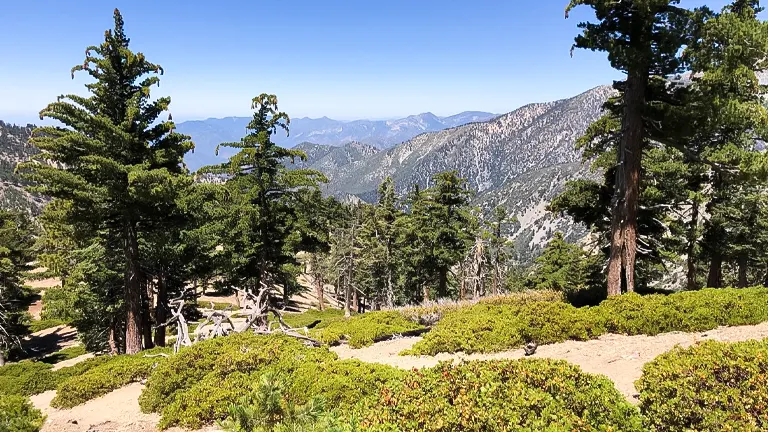
From the dense chaparral covering lower elevations to the majestic peaks reaching heights of 10,064 feet, the forest offers a diverse array of landscapes, providing a canvas for activities ranging from developed campgrounds and picnics to quiet wilderness retreats. As a testament to the delicate balance between urbanity and nature, the Angeles National Forest beckons explorers, conservationists, and nature enthusiasts alike to embark on a journey into its captivating terrain, where every trail unveils a new facet of its timeless allure.
Characterizing Features of the Angeles National Forest
- Diverse Landscapes: From chaparral-covered foothills to pine and fir-studded slopes, the forest encompasses a variety of terrains.
- Varied Elevations: The forest spans elevations ranging from lower points to majestic peaks at 10,064 feet, providing a spectrum of ecosystems.
- Scenic Views: The San Gabriel Mountains serve as a picturesque backdrop, offering breathtaking vistas for those exploring the forest.
- Ecological Richness: The diverse topography contributes to a rich array of ecosystems, supporting a wide range of plant and animal species.
- Natural Buffer: The forest acts as a natural buffer, safeguarding Southern California’s water supply and nearby communities from potential disasters.
- Proximity to Urban Life: Situated near Greater Los Angeles, the forest provides a stark contrast to the urban sprawl, offering a tranquil escape.
- Recreational Opportunities: The forest is a haven for outdoor activities, including hiking, camping, fishing, and swimming.
- Wildlife Habitat: Serving as a vital wildlife corridor, the forest provides a habitat for diverse species, contributing to local biodiversity.
- Historical Significance: Established in 1892, the forest has a rich history, playing a role in water management and flood control for over a century.
- Conservation Importance: The Angeles National Forest embodies a commitment to conservation, balancing recreation with responsible management to preserve its natural beauty for future generations.
History
Established through Executive Order in December 1892, the Angeles National Forest has a rich and multifaceted history shaped by both environmental considerations and regional developments. Originally formed as the San Gabriel Forest Reserve, San Bernardino Forest Reserve, and Santa Barbara Forest Reserve, Angeles National Forest emerged as a unified entity on March 4, 1907, blending the diverse landscapes of these reserves. A pivotal moment occurred on July 1, 1908, as the forest underwent a comprehensive combination, absorbing all of the San Bernardino forest and incorporating portions of the San Gabriel and Santa Barbara forests.
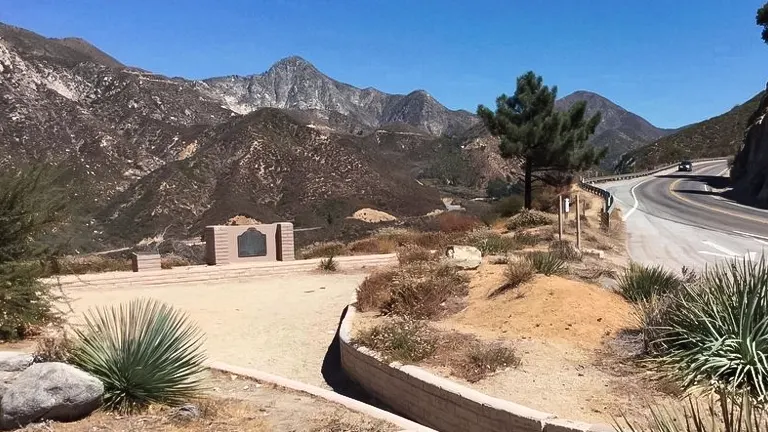
Throughout the early 20th century, the forest faced proposals for additional parks, such as the unrealized plan for the Sierra Madre National Park in 1916. The geographical footprint of Angeles National Forest experienced shifts in 1925 when portions were detached to re-establish the San Bernardino National Forest, reflecting the dynamic nature of land management decisions.
Beyond its administrative shifts, Angeles National Forest has etched its place in history as California Historical Landmark #717, marking its significance as the state’s inaugural National Forest. In 2013, the forest faced an unusual challenge when campgrounds were closed due to the discovery of a squirrel infected with bubonic plague, underscoring the delicate balance between conservation and public safety.
Angeles National Forest stands not just as a recreational haven but also as a guardian of habitats, flora and fauna ecosystems, and watersheds. Its role in water management and flood control, coupled with the preservation of native vegetation, has made it a vital component of Southern California’s environmental stability. As the Pacific Crest Trail winds through its diverse elevations, Angeles National Forest continues to unfold chapters in its history, inviting exploration and fostering a connection between nature and community.
Importance in Conservation and Recreation
The Angeles National Forest holds a cherished place in the hearts of conservationists and outdoor enthusiasts alike, serving as a testament to the delicate balance between ecological preservation and recreational exploration. Encompassing 700,000 acres, this expansive wilderness not only provides a haven for those seeking respite in nature but also fulfills a vital role in water management and flood control. The forest’s strategic position plays a crucial part in safeguarding Southern California’s precious water supply, ensuring a sustainable resource for millions. Moreover, as a natural buffer, it acts as a shield, standing sentinel against potential disasters and protecting the communities that nestle in its proximity from the impact of catastrophic floods.
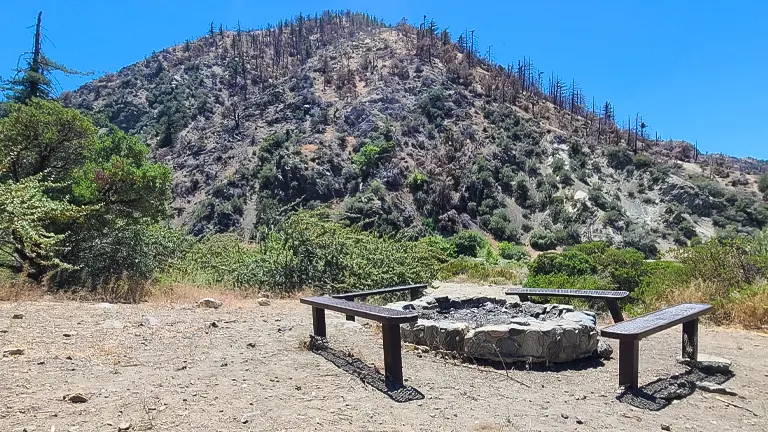
Yet, the Angeles National Forest extends beyond safeguarding resources and acting as a defense against natural threats. Its expansive terrain beckons visitors to experience the seamless blend of conservation and recreation. As people explore its trails and immerse themselves in its scenic beauty, they naturally assume the role of ecological stewards. This dual purpose, where preservation and enjoyment coalesce, underscores the Angeles National Forest as an emblem of responsible environmental stewardship. It demonstrates the significant influence that a well-maintained natural landscape can have, benefiting both the environment and the communities it serves.
Unique Location of Angeles National Forest
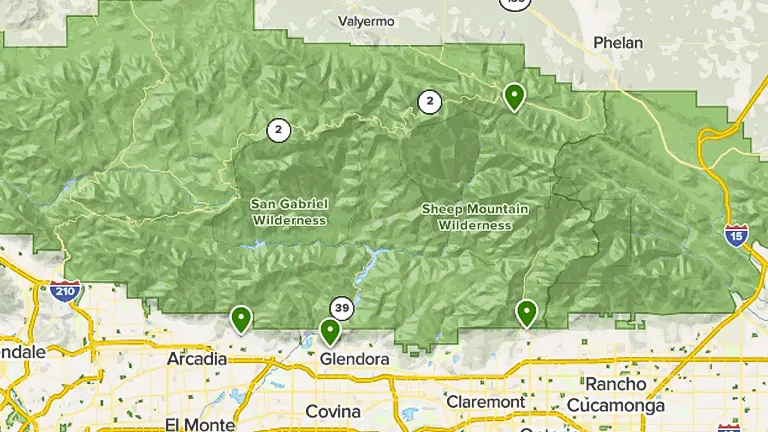
The Angeles National Forest is situated in the San Gabriel Mountains, providing a contrast to the urban sprawl of Greater Los Angeles. The peaks and valleys of the San Gabriels serve as a backdrop for those exploring the forest. What makes this location unique is not just its proximity to urban life but also the diverse topography inherited from the San Gabriels. As visitors go through the forest’s elevations, they encounter varied landscapes, from chaparral-covered foothills to pine and fir-studded slopes reaching heights of up to 10,064 feet. This setting gives the Angeles National Forest a range of ecosystems, contributing to its ecological richness. Amidst the urban backdrop of Los Angeles, the forest is more than a destination for outdoor enthusiasts; it stands as a reminder of the harmonious coexistence possible between nature and civilization.
Diverse Vegetation and Unique Plant Species:
- Chaparral: The lower elevations of the Angeles National Forest are characterized by dense chaparral, featuring shrubs like sagebrush and manzanita.
- Pine and Fir Forests: As elevations increase, the landscape transitions to pine and fir-covered slopes, creating a dynamic and visually striking environment.
- Wildflowers: Throughout the forest, a variety of wildflowers contribute to its vibrant tapestry, with blooms adding bursts of color to the landscape.
- Endemic Species: The forest is home to unique plant species adapted to its specific ecological niches, contributing to the overall biodiversity.
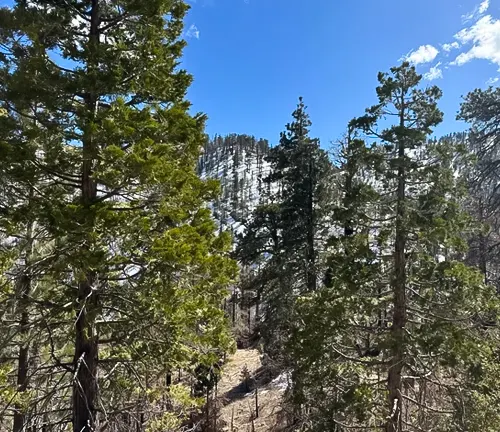

Fauna:
- Birdlife: The forest hosts a diverse array of bird species, from raptors like eagles and hawks to songbirds and migratory species.
- Amphibians and Reptiles: The diverse ecosystems support a range of amphibians and reptiles, such as frogs, salamanders, and snakes.
- Fish: Clear mountain streams and rivers within the forest provide habitat for fish species, creating opportunities for fishing enthusiasts.
- Black Bears: Encounter the iconic black bears, whose presence in Angeles National Forest is crucial for seed dispersal, maintaining forest health, and contributing to the ecosystem’s biodiversity.
- Gray Foxes: Witness the graceful presence of gray foxes, adapted to the diverse landscapes, playing a role in controlling small mammal populations and contributing to the delicate balance of the forest ecosystem.
- Bobcats: Keep an eye out for elusive bobcats, masters of adaptation in the forest, playing a vital role in controlling rodent populations and maintaining a healthy ecosystem.
- Mountain Lions: Marvel at the majestic mountain lions, the apex predators that help regulate the deer population, preventing overgrazing and ensuring a balanced ecosystem.
- Mule Deer: Observe the agile mule deer, integral to the forest’s ecosystem by influencing plant diversity through their browsing habits and providing a crucial link in the food chain.
- Bighorn Sheep: Encounter impressive bighorn sheep, specially adapted to the rugged terrain of Angeles National Forest, contributing to the region’s biodiversity and natural beauty.
- Rattlesnakes: Listen for the distinctive sound of rattlesnakes, a unique part of the forest’s auditory landscape, playing a role in controlling rodent populations and participating in the intricate predator-prey dynamics.
- Coyotes: Experience the haunting calls of coyotes echoing through the canyons, their adaptability and intelligence making them important members of the ecosystem, controlling smaller mammal populations and contributing to the overall health of the forest.

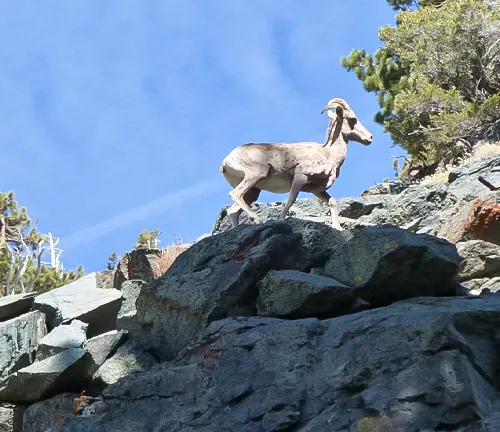
Importance as a Wildlife Corridor and Habitat for Threatened Species

Beyond its role as a recreational retreat, the Angeles National Forest plays a vital role as a wildlife corridor. This expansive green belt allows for the free movement of species, promoting genetic diversity and ensuring the health of ecosystems both within the forest and beyond. Additionally, the forest stands as a crucial habitat for threatened species, contributing to broader conservation initiatives. As a result, each visit to the Angeles National Forest becomes an opportunity to witness the importance of preserving these critical wildlife habitats.
Activities in Angeles National Forest for Visitors
The Angeles National Forest is not just a sanctuary for wildlife but also a playground for outdoor enthusiasts. For those seeking adventure and tranquility alike, the forest offers a spectrum of activities.
1. Hiking Options and Scenic Trails
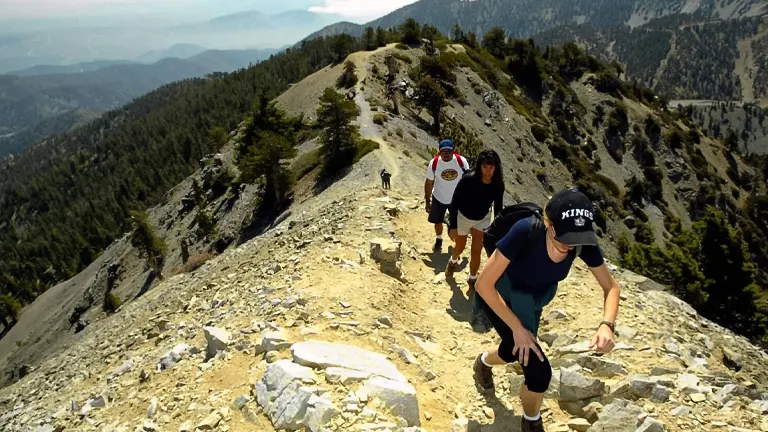
For those seeking to connect with nature on foot, the Angeles National Forest boasts an extensive network of hiking trails. Ranging from leisurely walks to challenging summit pursuits, these trails wind through diverse landscapes, revealing the beauty of chaparral-covered foothills, dense forests, and breathtaking mountain vistas. Each step offers a new perspective, making hiking an immersive and rewarding experience.
2. Camping
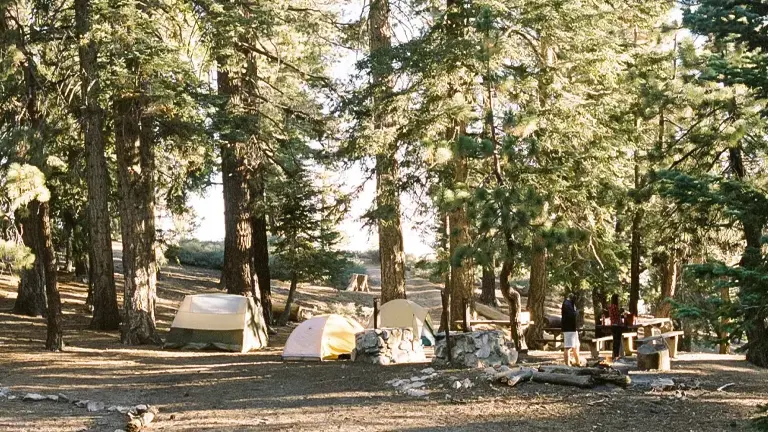
For a more extended escape into the wilderness, the forest provides developed campgrounds, allowing visitors to immerse themselves in the tranquility of nature. Whether it’s a family camping trip or a solo retreat, these serene settings offer a chance to disconnect from the hustle and bustle of everyday life and reconnect with the soothing sounds of the natural world.
3. Fishing
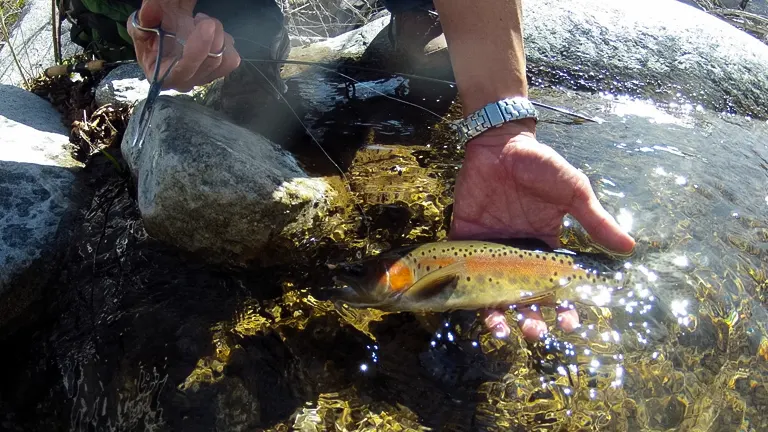
Secluded swimming spots within the Angeles National Forest provide a refreshing escape during warmer seasons. Crisp mountain waters invite visitors to cool off beneath the forest canopy, adding an element of relaxation to the outdoor adventure. These hidden oases become tranquil retreats, allowing visitors to connect with nature in a unique and immersive way.
4. Swimming

Secluded swimming spots dot the landscape, offering a refreshing escape on warm days. Surrounded by the sights and sounds of nature, these spots provide a unique opportunity to cool off and unwind amid the pristine mountain environment.
5. Stargazing

As the sun sets, the Angeles National Forest transforms into a celestial spectacle. Away from the urban glow, the night sky becomes a canvas adorned with countless stars. Stargazers can witness the brilliance of constellations and celestial phenomena, creating a mesmerizing experience that adds an astronomical dimension to the forest’s allure.
6. Educational Programs
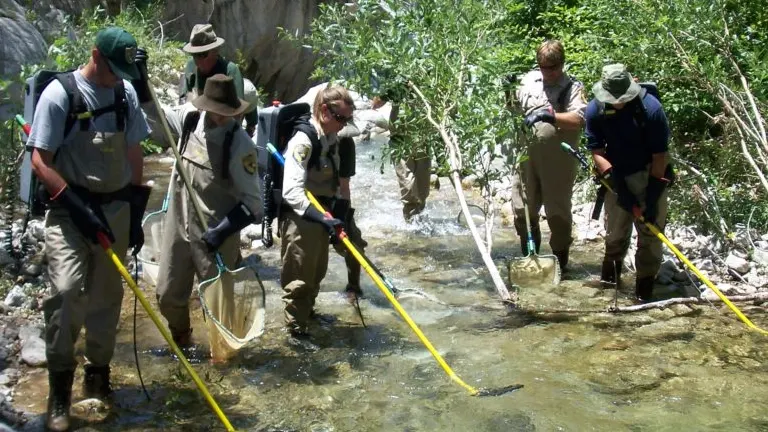
For those curious about the ecology and history of the forest, educational programs are available. Led by knowledgeable guides, these programs provide insights into the diverse flora and fauna, the geological wonders, and the rich cultural heritage that defines the Angeles National Forest.
In partaking in these activities, visitors not only find solace in the beauty of the Angeles National Forest but also become stewards of its ecological well-being. Encouraging responsible enjoyment of this natural haven ensures that future generations can continue to explore and be inspired by the wonders found within its expansive boundaries. So, whether seeking an adrenaline-pumping adventure or a peaceful retreat, Angeles National Forest welcomes all to experience the great outdoors in its purest form.
Conservation and Management
- Multiple-Use Management Approach: Upon entering the forest, it became evident that the Angeles National Forest embraces a multiple-use management approach, seamlessly blending conservation with recreation. The forest caters to a diverse range of activities, from hiking and camping to fishing and wildlife observation. What struck me most was the careful orchestration of these activities, ensuring that visitors could revel in the forest’s beauty without compromising its ecological integrity. It’s a delicate dance that the Angeles National Forest performs admirably, offering a playground for adventure seekers while safeguarding its natural splendor.
- Responsible Tourism and Conservation Efforts: The commitment to responsible tourism was palpable throughout my visit. Educational programs not only enlightened visitors about the forest’s biodiversity but also emphasized the principles of Leave No Trace. Armed with knowledge, I witnessed fellow visitors respectfully navigating the trails, minimizing their impact on the environment. The forest’s engagement in habitat restoration and wildlife protection projects showcased a proactive stance in preserving its delicate ecosystems. It wasn’t
Recommendation
Best Overall Experience: For those seeking a comprehensive outdoor experience, Angeles National Forest stands out. Its well-managed trails, diverse activities, and commitment to conservation make it a top choice.
Conclusion
In summarizing the Angeles National Forest’s importance, it’s undeniable that this natural sanctuary stands as a testament to harmonious coexistence. The multiple-use management approach allows for a variety of recreational pursuits without compromising the forest’s ecological health. The dedication to responsible tourism, evident in educational initiatives and conservation projects, makes it clear that the Angeles National Forest is a call to action.
Encouraging Responsible Visitation
As I reflect on my journey through the Angeles National Forest, I can’t help but encourage responsible visitation. The forest is a living, breathing ecosystem that relies on our conscientious engagement. Whether you’re a seasoned hiker, a nature photographer, or a family seeking a weekend escape, every step in the Angeles National Forest is an opportunity to contribute to its preservation.
FAQs
- What’s the best time to visit Angeles National Forest for a unique natural spectacle?
While every season has its charm, spring brings vibrant wildflower blooms, transforming the forest into a kaleidoscope of colors. It’s a unique and visually stunning experience. - Are there any hidden gems or lesser-known trails that offer a more secluded experience?
Indeed, seek out lesser-known trails like the Silver Moccasin Trail. These paths provide a more intimate connection with nature, away from the crowds often found on popular routes. - Can I spot any historical landmarks or remnants of the past during my visit?
Absolutely. Look out for remnants of the historic Mount Lowe Railway, offering a glimpse into Southern California’s past. These echoes of history add a fascinating layer to your forest exploration. - Are there any unique birdwatching opportunities within Angeles National Forest?
Bird enthusiasts should keep an eye out for the vibrant and elusive Mountain Bluebird. The forest’s varied ecosystems attract a diverse avian population, making it a haven for birdwatchers. - Can I embark on a night-time adventure, and what celestial wonders might I witness?
Yes, Angeles National Forest offers excellent stargazing opportunities. On clear nights, catch a glimpse of the Milky Way, adding a celestial dimension to your nocturnal forest exploration. - How does the forest adapt to wildfires, and what measures are in place for visitor safety?
The forest has a natural fire cycle, and controlled burns are conducted to maintain ecosystem health. Visitors should stay informed about fire conditions and follow safety guidelines for a secure experience. - Are there any folklore or indigenous stories associated with Angeles National Forest?
Explore the rich cultural tapestry of the region by learning about indigenous stories tied to the land. Engage with local communities or interpretive programs to discover the forest’s cultural significance. - Can I participate in unique eco-volunteer programs to directly contribute to conservation efforts?
Absolutely. Angeles National Forest often hosts eco-volunteer programs, allowing visitors to actively participate in conservation initiatives. Check the official website for upcoming opportunities to make a hands-on impact.
Angeles National Forest, with its diverse landscapes, well-managed recreational opportunities, and unwavering commitment to conservation, emerges not just as a destination but as an exemplary model for sustainable coexistence. It invites us all to be not just visitors but stewards, ensuring that future generations can continue to marvel at the enchanting wilderness it so graciously preserves.

Benjamin Brooks
Forestry AuthorGreetings! I'm Benjamin Brooks, and my journey over the past 15 years has revolved around the fascinating realms of content creation, expertise in snow clearing, and the intricate world of lumberjacking and landscaping. What began as a simple curiosity about the natural world and heavy machinery has evolved into a passionate profession where my love for crafting words intertwines seamlessly with my lumberjacking and garden skills.


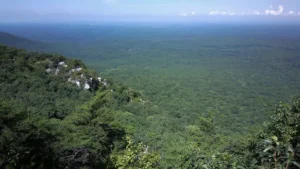
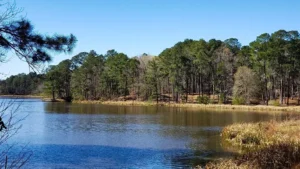
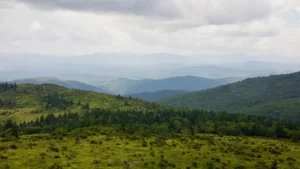
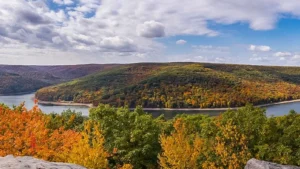

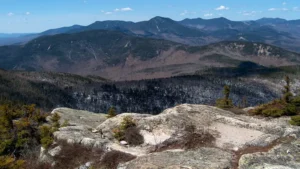

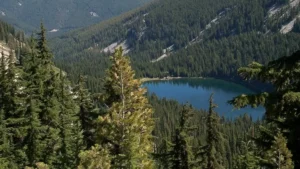


Good article, though you left out Off-Highway Vehicle (OHV) roads and open riding areas. Indian Canyon Trailhead where the Pacific Crest Trail (Equestrian & Hiking only) meets an authorized OHV road, San Gabriel Canyon OHV 160-acre area, and OHV roads throughout the Angeles National Forest.
Robert Ettleman
December 21, 2023 5:42 pm